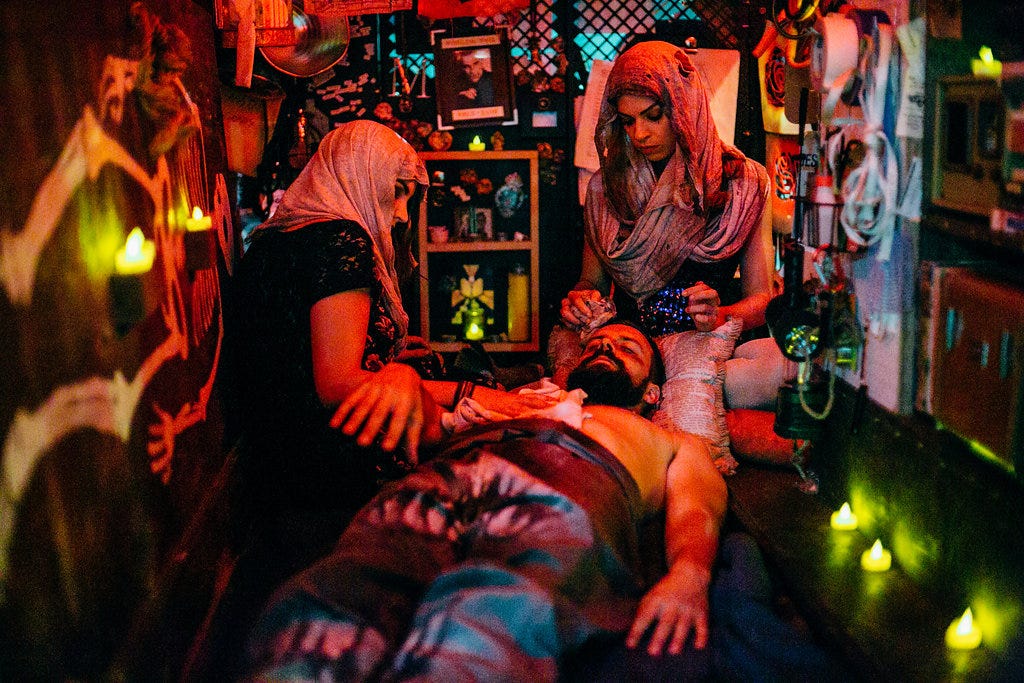
Lauren Ludwig of Capital W is one of our favorite directors on LA’s immersive theatre scene. Hamlet-Mobile, her inventive deconstruction of The Bard’s play, won a game design award from Indiecade — the International Festival of Independent Games — and her body of word continues to grow in increasingly intimate directions. Last year’s Red Flags, which got its start at the Hollywood Fringe Festival and went on to be featured at the Denver Film Festival.
Earlier this year Ludwig spoke at the Immersive Design Summit, where she showed off her knack for bringing an analytical lens to creative problems. With that in mind we asked her to tackle the Immersive 5, our most fundamental questions. This interview has been edited for clarity.
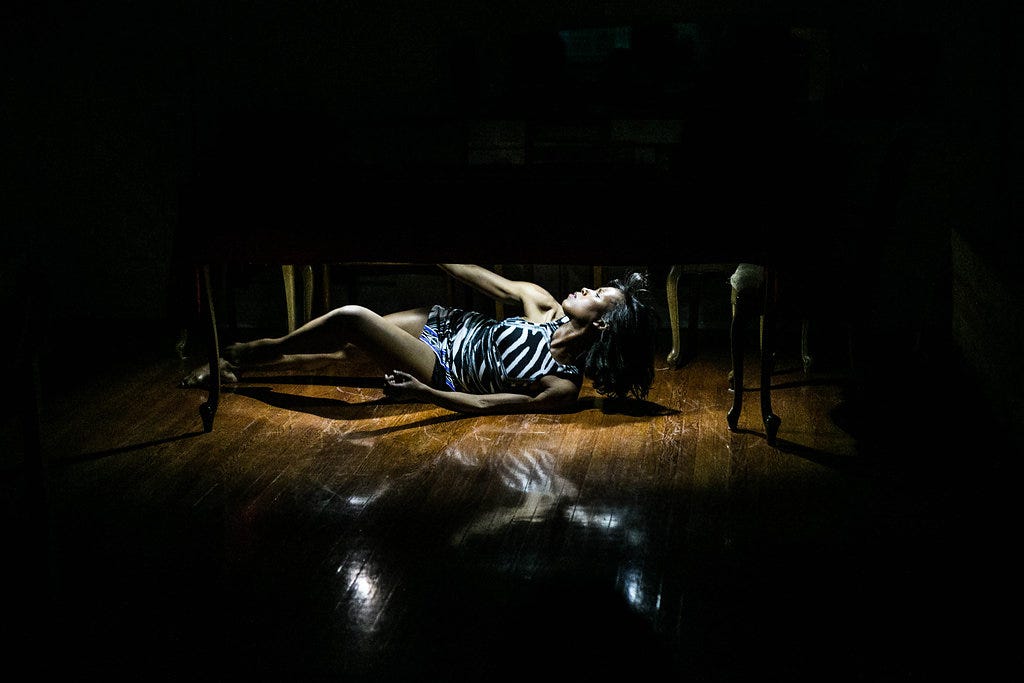
No Proscenium (NP): What does “immersive” mean to you?
Lauren Ludwig (LL): I like breaking out the term “immersive” into three components:
Environmental — immersive events envelop the audience in 360 degrees.
Narrative — immersive events are responsive to the audience’s presence and actions to some degree.
Emotional — immersive events break down perceived emotional distance between the audience and the performers.
NP: Why (or why don’t) you think of your work as immersive?
LL: I think of my work as “immersive” because it fits the three criteria above.
Get Noah J Nelson’s stories in your inbox
Join Medium for free to get updates from this writer.
SubscribeSubscribe
NP: What was the moment where you knew that this kind of work was for you?
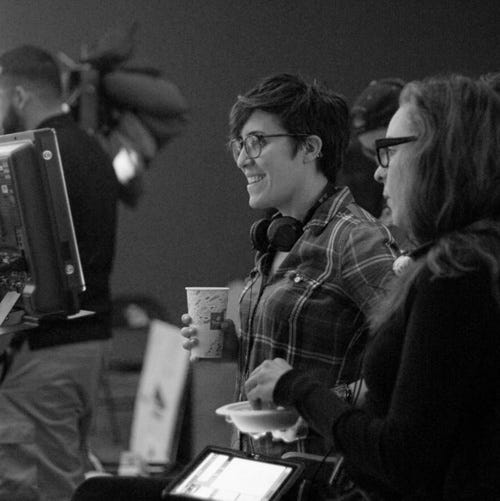
LL: I started doing a version of this work a decade ago in Chicago. I was fresh out of school and eager to try my hand at acting. Then I was cast in a traditional show and realized I was bored after two performances. Proscenium-bound work felt limiting. I started taking clown classes which are very focused on direct audience engagement. My friend and I began staging site-specific work in free and weird locations around the city. All of this felt exciting and alive, but I didn’t consider it a true calling at that time. It wasn’t until making Hamlet-Mobile a few years back that I realized this was a passion. When I had the idea for that show, I thought, “I’m allowed to make this?” Then I realized no one needed to give me permission. That was probably the moment I got hooked.
NP: When designing — regarding your approach to presence, agency, safety, and consent — how do you cue the audience as to what’s expected of them and the nature of the content they might encounter?
LL: There was a study that came out last year that revealed theater audiences don’t want mystery in their advertising. Most (not all) like knowing what to expect; it increases their enjoyment. This doesn’t mean one needs to spoil the plots. It means we shouldn’t assume cryptic messaging increases enjoyment for all audiences. So, unless mystery is the focus of our work, we try to make our marketing and ticket sales experience the beginning of our ethical onboarding. We make a version of our waiver appear before people buy tickets; audiences should not feel pressured to spend money without understanding the extremity of the work they’re going to encounter. We signal to people if they will encounter triggering content.
When people arrive at the show, we make sure they’re onboarded in a way that is “in world,” simple, and honest. This means we do not read them a list of rules out of character — that breaks the immersion of the experience. We make sure any rules are taught by someone folded into the world (or, ideally, though an in-world experience). We make sure our rules are simple; people can’t remember too many things. We’ve learned through trial and error that the ideal number of rules is one, maybe two. Three is the limit. If we have more, it means we did not design the experience correctly and we need to make changes. We also make sure we’re honest with the audience about what they may encounter; we’re responsible for their physical and emotional safety.

That’s the serious side of things — the more exciting side is that we make sure the show is opening people up emotionally and bringing them into the present moment from the first instant they arrive. Every moment they encounter Capital W is a moment that’s shaping their experience. We make sure each of those interactions is walking them towards the emotional and narrative journey we want for them. We consider: How soon after they arrive is a performer looking directly at them? Or touching them? How soon after they arrive do we ask them a question and make them speak? When people show up they’re supple and open and looking for what’s expected. We make sure we take advantage of that window and have them perform the kinds of tasks that will be asked of them right off the bat.
NP: What works — be they creative works, books, or other inspirations — have shaped your current work?
LL: Clowning, Sanford Meisner’s work, Kurosawa’s films, Ann Bogart and the SITI company, Elevator Repair Service, Third Rail, Punch Drunk, Red Moon Theater, Theatre de Complicite, installation art traditions, documentary theater, contemporary dance, the work of the WPA artists, Shakespeare, Chekov, Ibsen, John Cassavetes, Alan Watts, Carl Jung, my family, and my pseudo-Buddhist upbringing in a small suburb in upstate New York.
Sign up for Capital W’s mailing to learn about upcoming productions.
View all of our Immersive 5 Interviews.
No Proscenium is a labor of love made possible by our generous Patreon backers: join them today!
In addition to the No Proscenium web site, our podcast, and our newsletters, you can find NoPro on Twitter, Facebook, YouTube, Instagram, in our Facebook community Everything Immersive, and on our Slack forum.



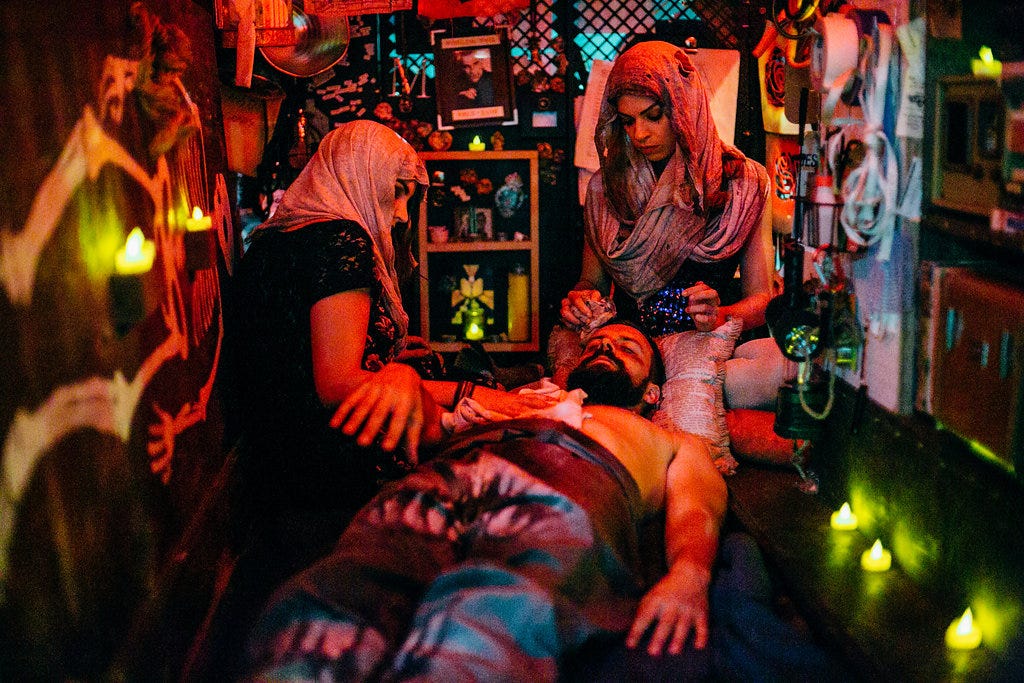




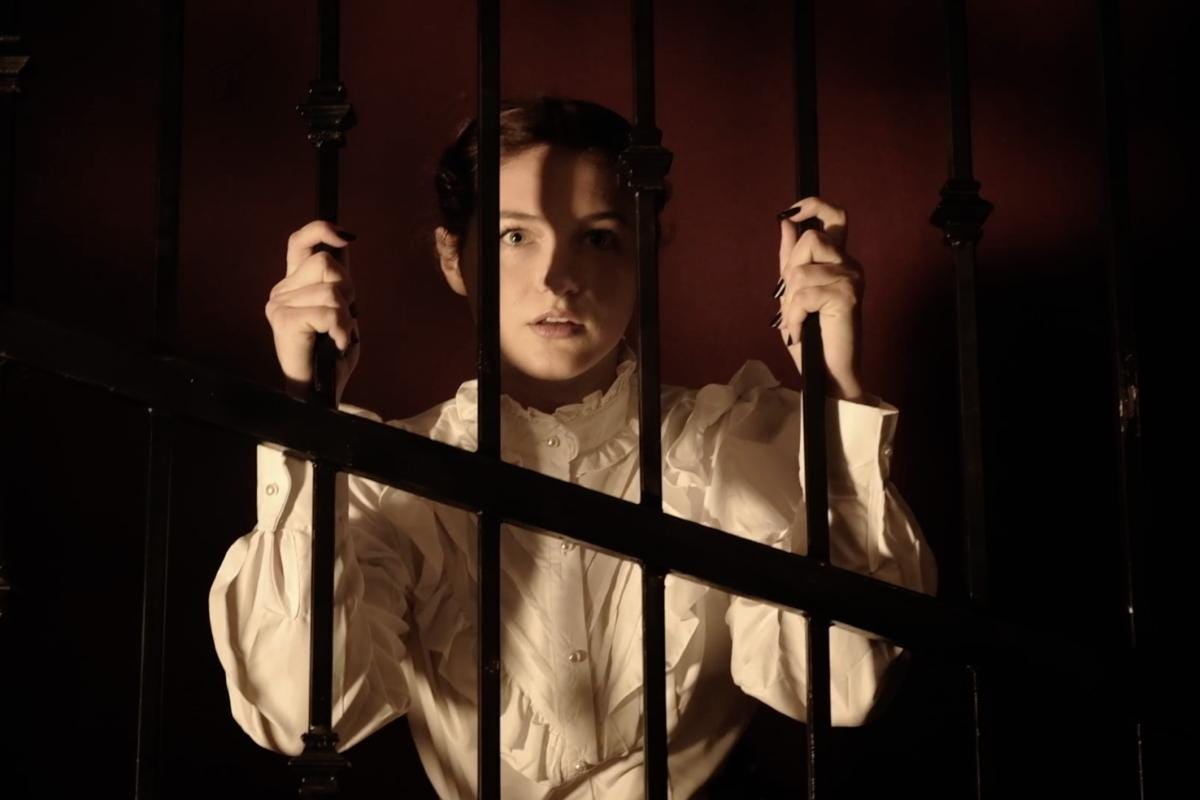





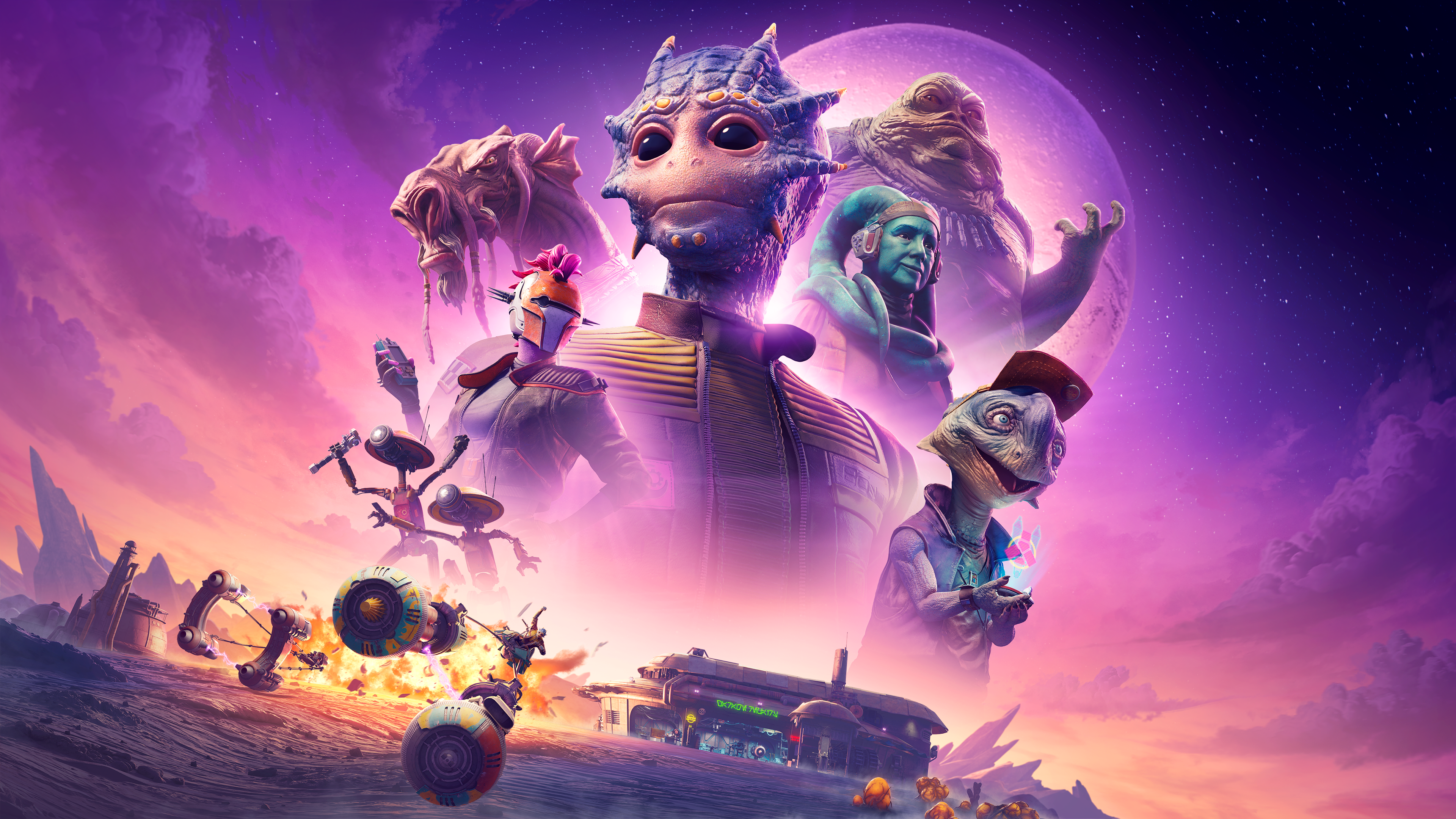
Discussion